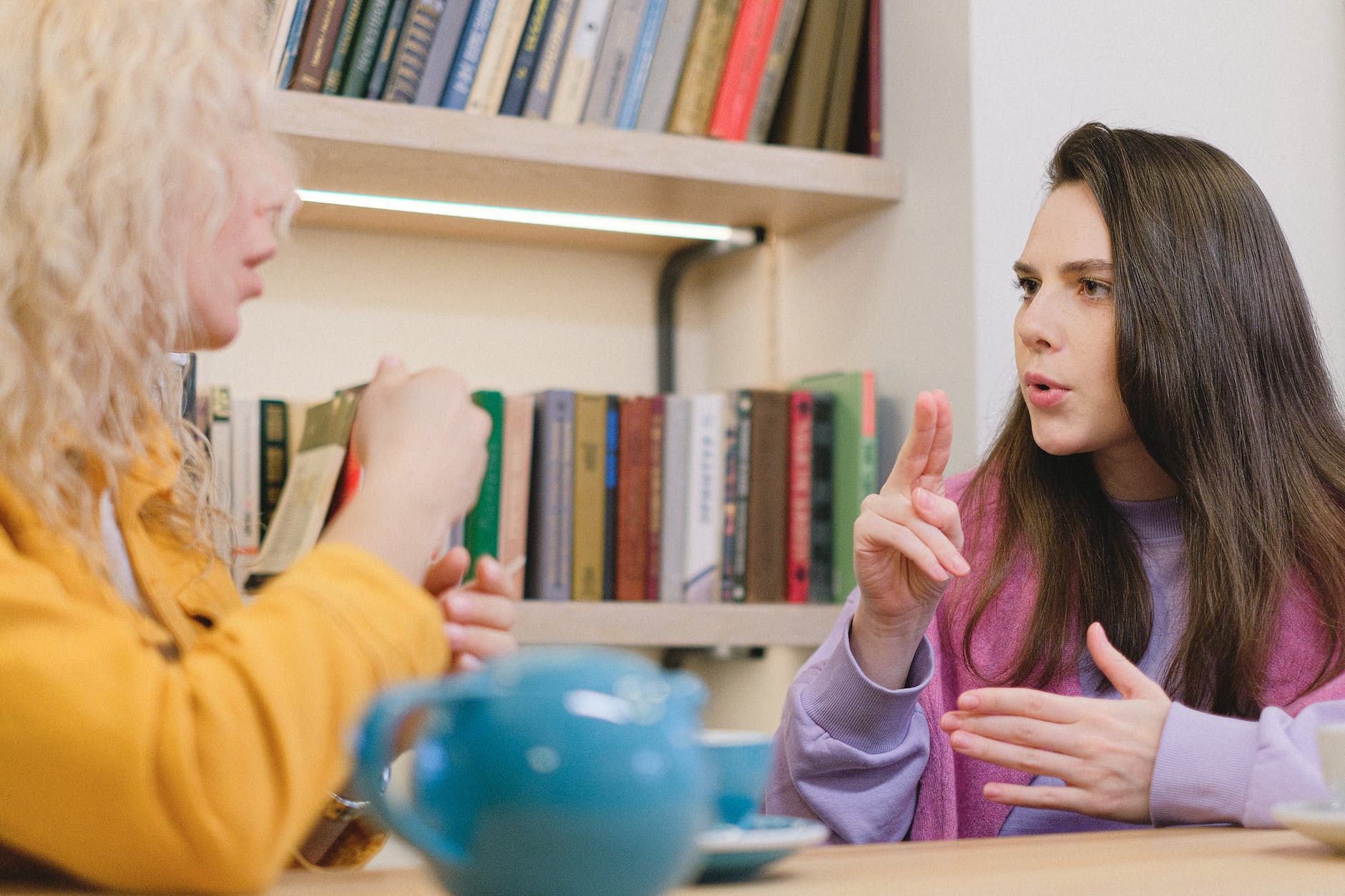To end the year, I watched the JMBE Live session with Laura E. Ott entitled “Supporting Deaf Students in Undergraduate Research Experiences.” This session was recorded over a year ago.Ott was at UMBE when she started this work and now has been at UNC for several years. She began by sharing the statistics on Deaf and Hard of Hearing students in STEM. Ott also shared data from Jordan et al. 2014 that laboratory experiences promote the development of key skills and promote a sense of belonging in STEM (citing Russell et al. 2007). Ott noted that there is scarce research on engaging Deaf students in undergraduate research, and that most research experiences that include Deaf students don’t include American Sign Language Interpreters due to costs and schedules! Thus, Ott noted that Deaf”students often communicate with their research team via other modes of communication.” An LSE CBE article from Derek Braun et al. 2018 shared quotes and data that indicate that many Deaf students feel unwelcome in the research environment. I had the pleasure of participating in a Faculty Mentoring Network this semester with Braun and had a great time! William LaCourse then shared how STEM BUILD at UMBC had the goal “of increasing diversity and supporting deaf students in heterogenous research groups of deaf and hearing students.” To do this, BUILD was a way to bring together students in teams mentored by faculty members. The projects were six to eight weeks long and took place at UMBC. One of the partners was Gallaudet. Linda Hodges then explained the research study. The approach was to learn by investigating the experiences of American Sign Language (ASL) interpreters (six) who supported students. The research team asked the ASL interpreters three questions. The interviews were recorded and transcribed using Speechpad. Ott and Hodges used a Grounded theory approach to review the transcripts. They did this independently and then worked together to develop and code. The results they shared were three themes that emerged from the interviews: the role the interpreters assumed in the research environment, when to interpret, and how to interpret. The interpreters were there for both the hearing and deaf students and considered themselves advocates fro the deaf individuals. This means that they moderated and often educated hearing members of the team. The ASL interpreters then had to decide when to interpret, since the “research environment can be challenging for visual communication.” Interpreters mentioned this took trust to decide when to interpret for the individual. Ott explained that watching something on a computer screen may require the individual’s attention who is then unable to follow the ASL interpreting. Also, Ott spoke about interpreting in a dark room while carrying out procedures. They found that sometimes interpreters “held back on interpreting to promote relationship building within the research team.” The last theme that emerged was deciding how to interpret: it was very important for the interpreters to have access to the materials and exposed to the vocabulary used in order to help with the interpretation. Ott noted that often there were no signs for technical words and interpreters had to “think about how fast to sign different terms that didn’t have established signs.” The final theme that Ott brought up was consistency in interpreter assignments for accurate interpretation. The research team concluded that:
- The ASL interpreters served both the deaf and hearing individuals by promoting communication within the heterogenous research teams.
- The ASL interpreters supported the integration of deaf students into heterogenous research teams.
- Consistent interpreting assignments allowed the interpreters to gain STEM-specific language which improved interpretation.
Ott and the research team concluded that having ASL interpreters and heterogenous teams can promote a sense of belonging. I truly enjoyed working with the interpreters as part of the REU. I miss those interactions! Ott emphasized being mindful of the physical space and its impact on communication as well as providing opportunities for equitable communication. Ott encourage the adoption of Universal Design for Learning principles such as captions and blue text instead of red, for example. During the question and discussion session, attendees commented on how important this article and study are for raising awareness and making changes in how we think about communication. One attendee asked about the credentials of interpreters: this is a great question that I was also asked several years ago. In retrospect, there are certifications and considerations one should consider. We were very lucky to have worked with fantastic interpreters and human beings! Ott spoke about how the qualitative research helps understand the research question at a deeper level. The presenters talked about their career journeys and working on this study. One of the questions asked was about the costs of interpreters and institutional support. It was interesting to hear from attendees how they are supporting deaf and hard of hearing students in their labs and research experiences. It was fun to watch Laura and learn about her awesome study! Great way to end the year, and it also brought back memories about the REU and motivation to continue working on improving communication for and with all. This is blog post # 749! I hope 2023 bring us all fun and learning… and improved communication.



